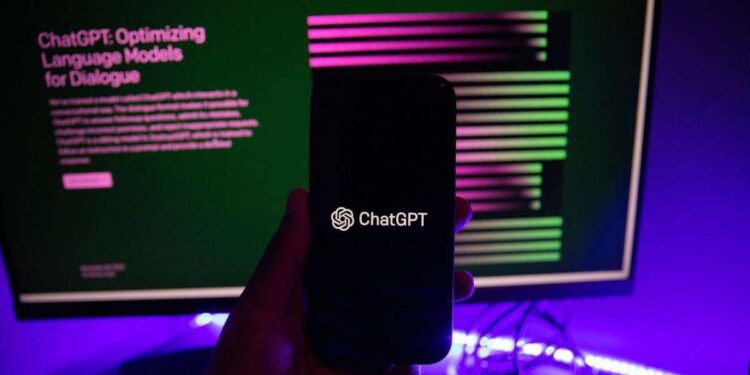OpenAI is once again demonstrating the speed at which artificial intelligence is advancing, and for many, it struck a blow on the table marking again how it is a few steps ahead of its competition.
The artificial intelligence firm presented a new language model, GPT-4o, with much more advanced capabilities to interact with it by voice.
But above all, what caught the attention of its presentation was the amount of functionalities that were previously restricted to paying users that are now available for the free version of the chat. The new model included.
This announcement raises questions about the relevance of the ChatGPT Plus subscription: Is it worth continuing to pay for additional services when the essential is offered for free? What strategy is OpenAI following with this, especially considering that it is still far from being profitable?
GPT-4o: A giant within everyone’s reach
Say hello to GPT-4o, our new flagship model which can reason across audio, vision, and text in real time: https://t.co/MYHZB79UqN
Text and image input rolling out today in API and ChatGPT with voice and video in the coming weeks. pic.twitter.com/uuthKZyzYx
— OpenAI (@OpenAI) May 13, 2024
OpenAI has reached a milestone by offering its most advanced model, GPT-4o, for free. This model not only handles text, but also processes audio and images, significantly expanding its utility. Moreover, features like memory and web browsing that were previously reserved exclusively for paying subscribers are now available to all users.
OpenAI seems committed to democratizing access to the most advanced AI tools, extending intelligent functions to all its users.
In a way, the underlying idea might be that OpenAI seeks to have as many users as possible use its products initially. But: How do you monetize if you release most of the features?
From the most advanced models to the GPT Store: everything you can now do with ChatGPT for free
Let’s review what free users can now achieve that they couldn’t before:
- GPT-4 level intelligence: Both the new GPT-4o model and GPT-4 are now accessible to all users.
- Multimodal interactions: Users can get answers from the model and the web, analyze data, and create graphics, facilitating a variety of tasks that were previously restricted to text only.
- Enhanced experience with files and photos: Now it is possible to upload photos and files to request help in creating summaries, writings, or analyses, expanding the use of ChatGPT in fields such as education and research.
- Memory and GPT Store: Users can enjoy a more personalized experience with the memory function and access custom GPTs in the GPT Store, previously also for paying users.
What still remains exclusive to ChatGPT Plus?
Despite the democratization of several functions, ChatGPT Plus still has its privileges. Subscribers have access to a greater number of interactions per hour, and are often the first to experience innovations, such as the recent update that includes an advanced voice mode.
These types of exclusivities are crucial for users who rely on this technology for more intensive tasks or who want to stay at the technological forefront, but may not be as important for a significant number of their current customers.
Is ChatGPT Plus worth it then?
The subscription to ChatGPT Plus is priced at $20 per month.
For a casual user, it may not be a negligible cost, especially now that many functions are available for free. However, for professionals who require intensive and continuous use, this fee can be justified by the efficiency and extended access it offers.
Faced with this new reality, users must evaluate their frequency and mode of use. For the average user, the free version may be sufficient, but for those looking to maximize available technology without waiting for a second, ChatGPT Plus may still make sense.
The question also arises: Where is OpenAI heading as a company? Is it focusing its business on collaboration with other companies and leaving the end user aside? Perhaps the next update will bring news for paying users that will return to the previous status quo.


